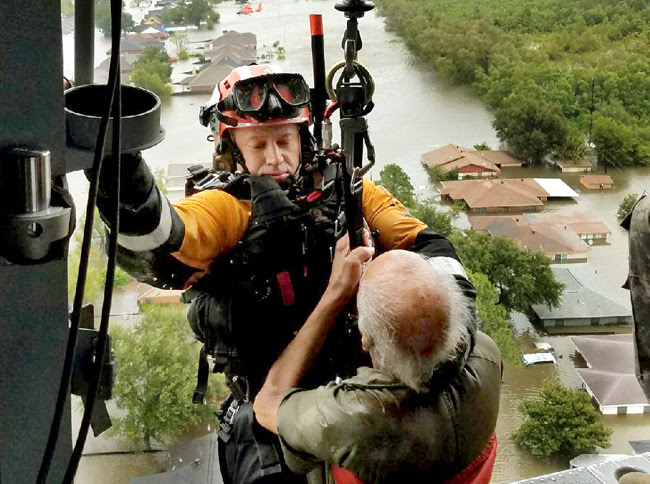
How the State Prepares for the Worst.
In the May edition of Fiscal Notes, the Comptroller’s office examines Texas’ emergency management system, a web of public and private organizations that work together to mount the state’s initial responses to disasters. Since 1953, Texas has seen an average of four federally declared disasters each year.
This edition also takes a look at the work of the Governor’s Commission to Rebuild Texas, which was created after Hurricane Harvey to assist with recovery operations and to recommend improvements in communication, coordination, and infrastructure to lessen the impact of future disasters.
Fiscal Notes: Emergency Management in Texas.
(AUSTIN) — In the May edition of Fiscal Notes, released Tuesday, the Comptroller’s office examines Texas’ emergency management system, a web of public and private organizations that work together to mount the state’s initial responses to disasters. Since 1953, Texas has seen an average of four federally declared disasters each year.
“From first responders in the field to the State Operations Center in Austin, thousands of people work together to ensure the safety of Texans and their property,” Texas Comptroller Glenn Hegar said. “Led by the Texas Division of Emergency Management, it’s a system that’s been called a model for other states.”
This edition also takes a look at the work of the Governor’s Commission to Rebuild Texas, which was created after Hurricane Harvey to assist with recovery operations and to recommend improvements in communication, coordination, and infrastructure to lessen the impact of future hurricane events.
Fiscal Notes is available online and can be received by subscribing via the Comptroller’s website.
Fiscal Notes furthers the Comptroller’s constitutional responsibility to monitor the state’s economy and estimate state government revenues. It has been published since 1975, featuring in-depth analysis concerning state finances and original research by subject-matter experts in the Comptroller’s office.








 EastTexasRadio.com Powered by Ten Stations
EastTexasRadio.com Powered by Ten Stations




